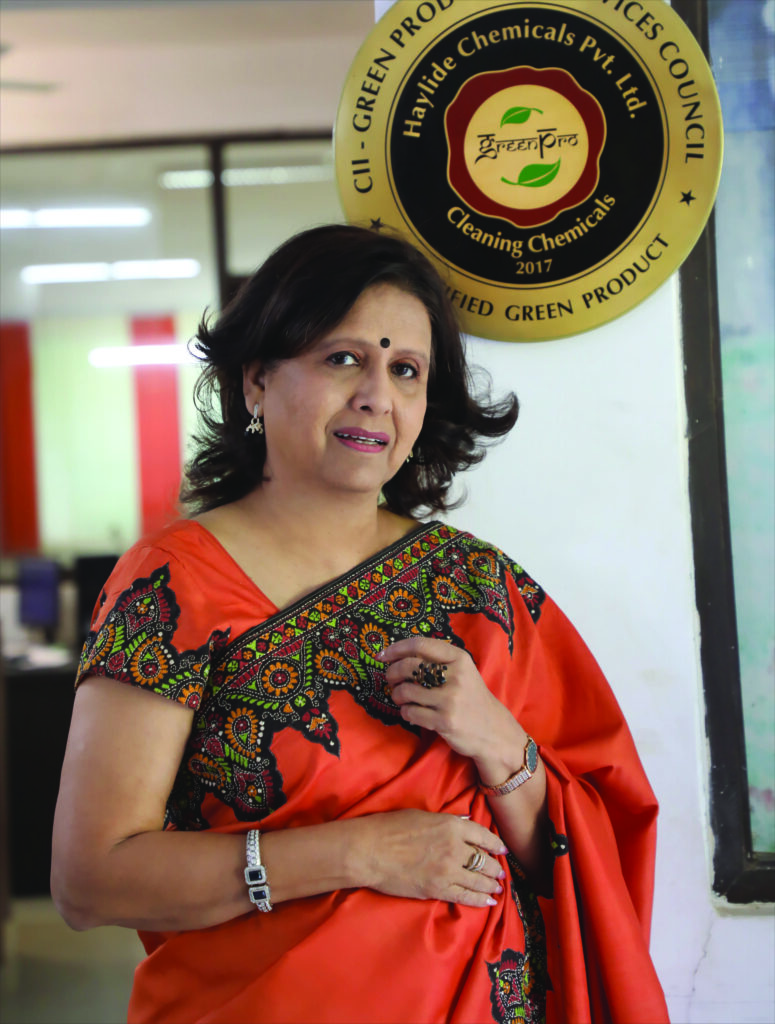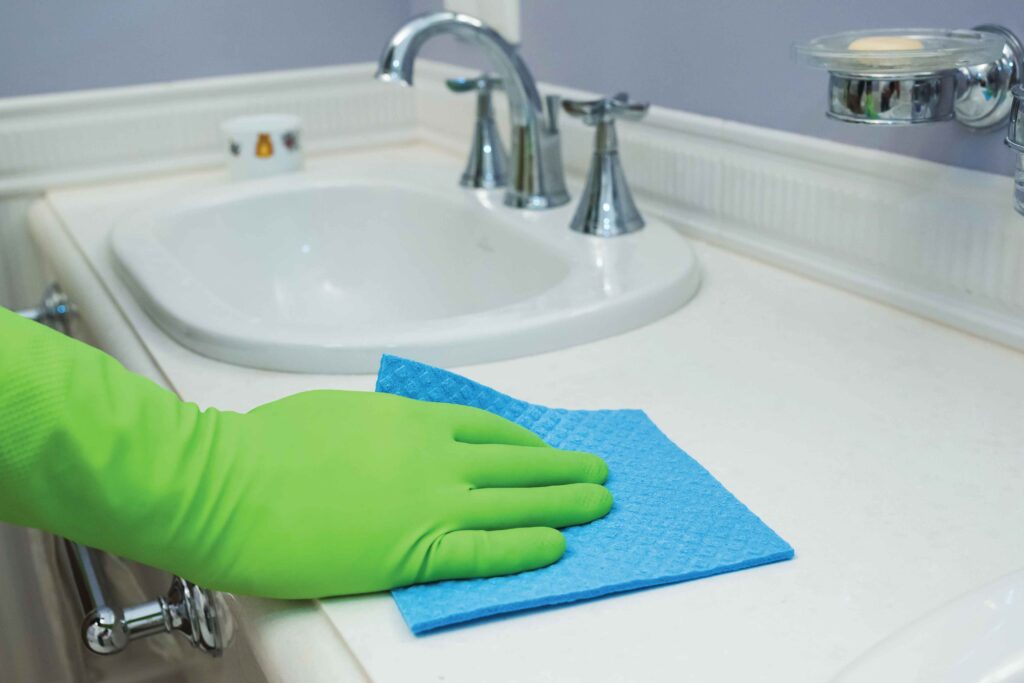
Archana Bhatnagar, Chairperson and Founder of Haylide Chemicals Pvt Ltd, in conversation with Clean India Journal, elaborates on green products and its implication in achieving corporate goals on ESG and net zero.
Why are Green chemicals considered safer to non-green chemicals?
Non-green cleaning chemicals, in general, contain compositions that impact human health and the environment also.
The VOCs or Volatile Organic Compounds, especially synthetic solvents, and also Alkyl/Nonyl Phenol Ethoxylates, that are found in floor and glass cleaners affect human health. Cleaning chemicals with VOCs and non-ionic surfactants effect the environment. They end up in the lakes and rivers leading to growth of algae.
By shifting to Certified Green products VOCs are limited to the internationally specified standards as per safety for human health. Also, with Haylide we completely remove synthetic solvents in all floor and glass cleaners. Green certified products do not contain non-ionic surfactants.
Where should one start when greening a facility?
Firstly, washrooms are water-intensive, and instead of flushing down harsh chemicals like acids, using biodegradable organic green certified alternatives should be the first.
Secondly, floor and hard surface cleaners used in large quantities in facility cleaning.
Thirdly, dish wash and laundry, especially hotels or industries where the usage of these solutions is higher.
Which are the major sectors today that need to concentrate on greening to decrease their contribution to pollution?
High-traffic public spaces like railways, airports, large hotels, malls, hospitals, pharmaceutical companies, and the food industry to name a few. When we talk about sustainability, people usually look at what is adversely impacting the atmosphere. We look at carbon emissions through energy use, but we must address what is flowing down the drain and affecting our water table.

What are the criteria of identifying Green products?
In India, the ingredients used in the cleaning chemicals are not declared in the packaging as it is not mandatory. In certain commercial cleaning products, the MSDS only mentions hazardous ingredients but skips many others which may not be green.
In a major initiative, Haylide worked with CII-IGBC to create a standard and certification for Green cleaning chemicals which is now known as “GreenPro”.
The GreenPro standard takes into account all these factors also. A total of 30 mandatory tests are done on each product at 3rd party NABL accredited labs for human and environmental safety, apart from the usual declaration of not using any of the banned ingredients and using in limit the regulated or limited substances.
What is the cost impact in changing over to green certified products?
Our slogan is Green Cleaning for all and we believe green certified products should be affordable for all businesses that require cleaning. Hence, we worked hard and innovated such products that the overall cost impact is minimized.
We offer products with multiple applications, thereby reducing inventory costs. There is a reduction in processes like laundry cycles, reduction in temperature in laundry, or making it easier to use reducing wastage, energy, water and training costs.
So, coupling these benefits the overall impact could be 7% to 12% which will keep on coming down over the years, and is a small price in the overall budget of a company.

What is the range of products you offer across various segments in India?
We have around 150 products that are all green-certified. We are the first in India to be GreenPro certified for cleaning chemicals. We offer green products and Green certified products across Housekeeping & Infection Control (first in India certified product), hand wash, laundry (first in India certified product), degreasing, dishwashing, descaling, polishing and all other hygiene products for every type of need and every type of business segment.
Future of Green Cleaning?
Green is the present and the future. If we want to sustain and care for our future generations, it is possible with going green. Two decades ago, Haylide Chemicals started with green products which have been evolving over the years to improve performance. The challenge of changing mindsets to adopt the usage of green products and convincing stakeholders that such products are not prohibitively expensive to impact the overall budget allocation, is a work in progress.







